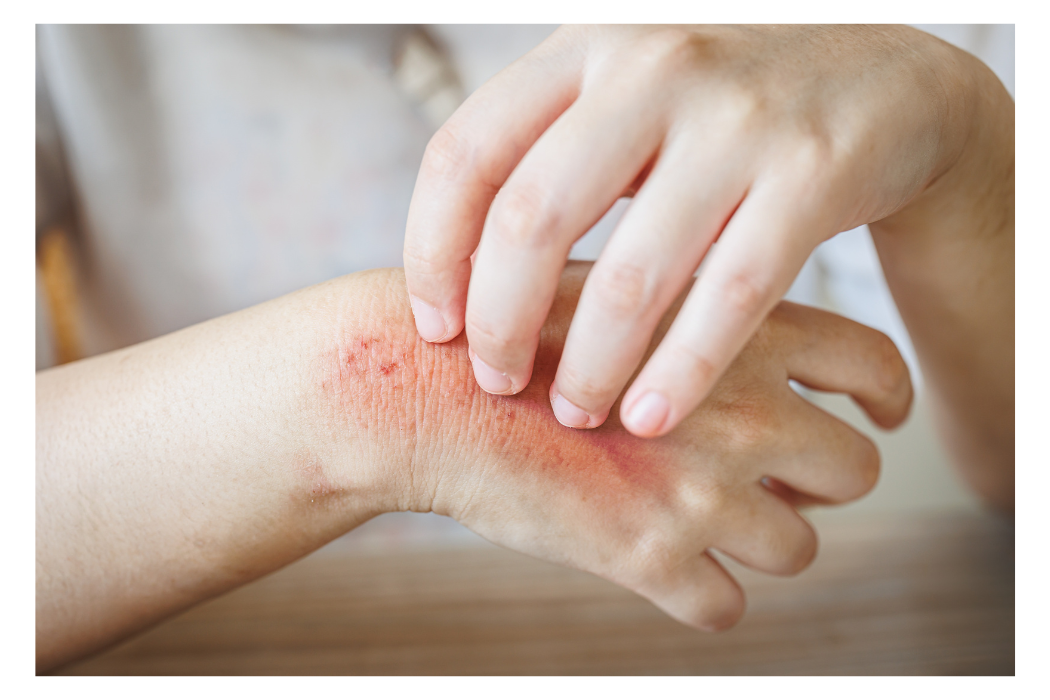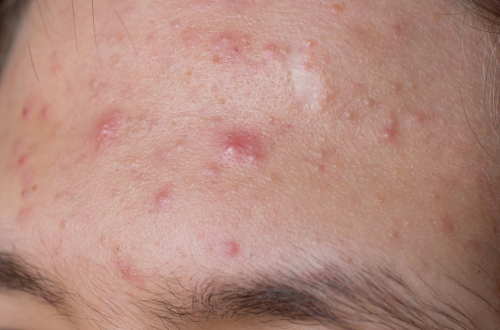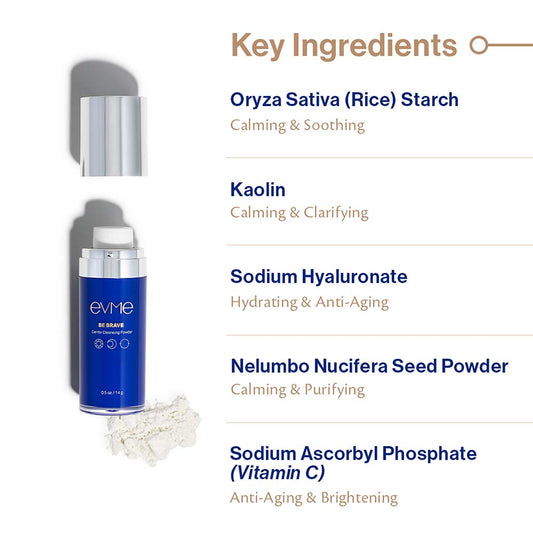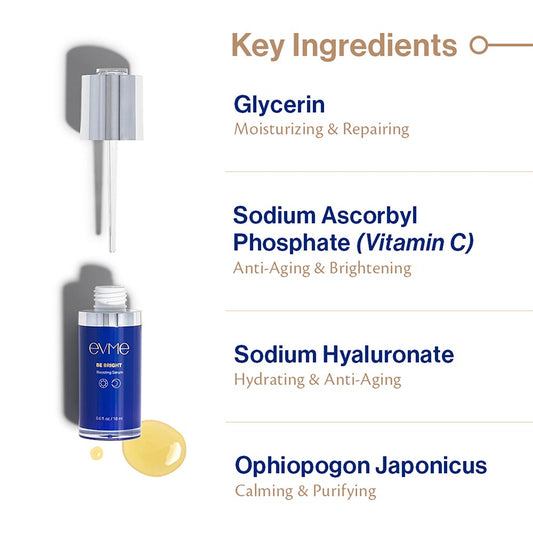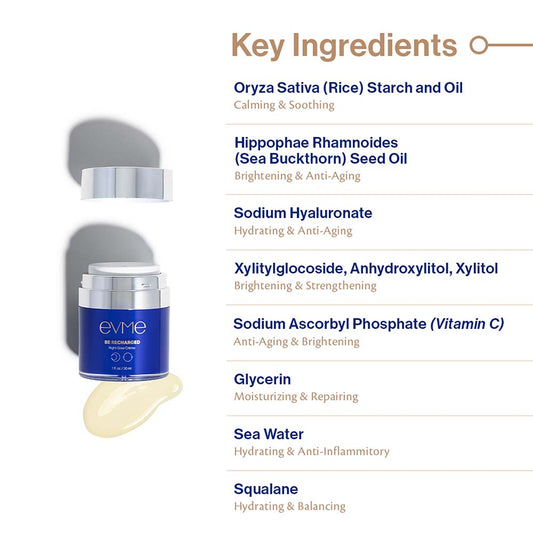Try Evme, allergist-created luxe skincare for sensitive and allergic skin.
Shop All ProductsCould I have a latex allergy?
May 31, 2023
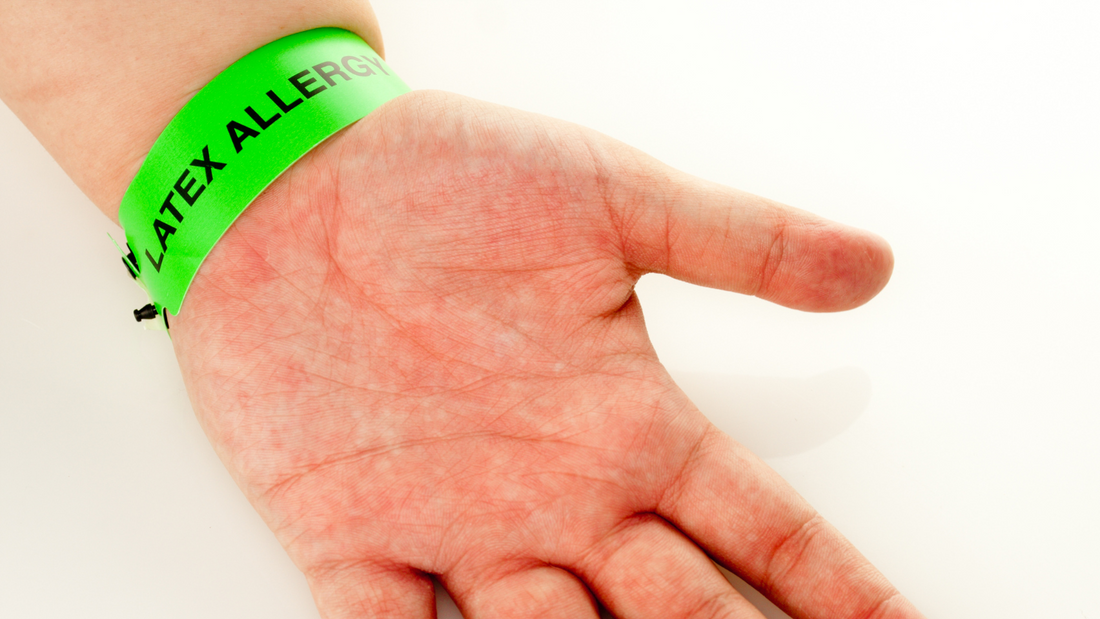
Back To Articles
We’ve all heard about latex allergy, but did you know that latex allergy can present itself as contact dermatitis?
I’ve had a lot of patients ask me, “Could I have a latex allergy?” Keep reading to learn about some common signs and symptoms of latex allergy.
Latex (aka natural rubber) allergy is a fairly common condition affecting up to 6.5% of the population, with healthcare workers (who have increased exposure to latex containing products) being at an increased risk, at 17%.
There are two types of reactions that can happen with latex – an immediate, classic allergic reaction, and/or contact dermatitis. When latex allergy causes a classic allergic reaction, a range of symptoms can occur, including hives, wheezing, coughing, shortness of breath, and more. Some latex-allergic people have classic reactions and others have more contact-related contained reactions, and some unfortunately get both :(
I’ve always found latex allergy quite frustrating since we don’t have great diagnostics to truly be sure you have this reaction. Testing for latex allergy can be difficult, as blood tests have a 25% false-negative rate, and there is no commercially available extract for skin testing in the US.
Latex can be found in many everyday items, including gloves, bandages, mattresses and pillows, condoms, diaphragms, balloons, erasers, and elastic in clothing.
Powdered latex gloves are thought to be particularly problematic, as latex particles from the powder used inside gloves as a drying agent can spread through the air and be inhaled. This can cause an allergic reaction, as the latex binds with the powder, which then becomes the carrier of latex molecules when released into the air.
Who’s at increased risk for latex allergy: [more exposure → more allergy]
- Health care workers
- Latex-industry workers or people who have recurrent contact with latex
- Children with Spina Bifida
- Those who have undergone multiple surgeries (especially on the urinary tract)
- Blood donors
- People with history of allergies
Latex allergies can cause food reactions
Latex can also cross-react with hevamine in fruits, which can cause an immediate and more serious reaction to certain fruits that acts like a food allergy reaction. Fresh fruits that commonly cause reactions in people with latex allergy are avocado, banana, celery, chestnut, and pear. Less common culprits are apricot, buckwheat, cherry, fig, grape, kiwi, mango, melon, nectarine, orange, papaya, passion fruit, peach, peanut, pineapple, plum, potato, tomato, and walnut
What can I do if I have latex allergies?
Be careful when using gloves. Even non-latex containing gloves can create problems for some. Start with nitrile gloves (made from synthetic rubber) and if you react to that, you may also be reacting to rubber accelerators (more to come on this topic!). The least allergenic type of glove are vinyl gloves, but beware because they may not protect you against some types of chemicals!
Bandages can also be tough for latex allergic people. Look for “latex-free” labeling or try using gauze and tegaderm (a clear, latex-free adhesive available at drug stores) to dress your wounds.
Read labels for products. Occasionally a “latex-free” designation on the box may be there to help you.
Recommended articles
close
Evme Sans-Allergenic Skincare Products
- Choosing a selection results in a full page refresh.



